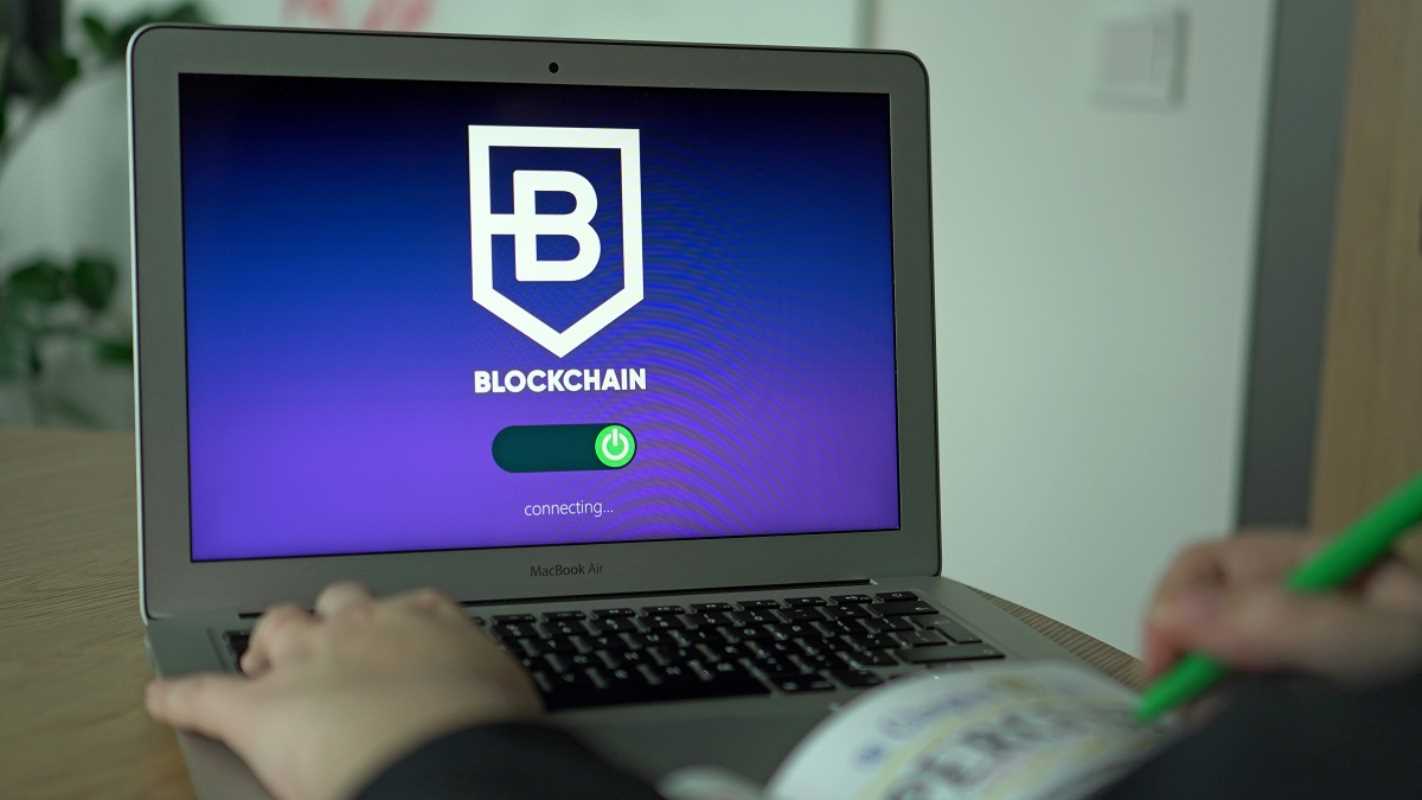The educational landscape is on the verge of its most significant transformation in a century, powered by the rise of generative artificial intelligence. This technology is moving beyond its initial hype to become a practical and powerful tool within classrooms and corporate training programs. For 2025, the focus is shifting from simply acknowledging AI's existence to strategically integrating it into the core of the learning process. Generative AI is creating pathways to truly personalized education, automating the heavy lifting of content creation for educators, and providing students with intelligent, on-demand support. This revolution is about augmenting teachers' capabilities, freeing them to focus on mentorship and higher-order thinking while providing a more engaging and effective learning experience for every student.
Personalized Learning Paths at Scale
For decades, personalized learning has been the holy grail of education—a goal often discussed but difficult to achieve in a traditional classroom setting. Generative AI is finally making this vision a scalable reality. AI-powered platforms can now create dynamic, individualized learning paths for each student based on their unique strengths, weaknesses, and learning pace. This goes far beyond simple adaptive testing. An AI system can analyze a student's responses to questions, identify specific knowledge gaps, and instantly generate custom-tailored content to address them.
Imagine a high school math student struggling with quadratic equations. A generative AI tutor could recognize that the student's foundational difficulty lies with factoring polynomials. The AI would then generate a series of targeted micro-lessons, practice problems, and interactive simulations focused specifically on that skill. It can present the information in different formats, including a visual explanation, a step-by-step text guide, or a gamified challenge. It also matches the student's preferred learning style. The system provides real-time feedback, patiently explaining mistakes and offering encouragement until mastery is achieved. This level of individualized attention, once only available through expensive one-on-one tutoring, can now be delivered to every student in the class, allowing them to progress at their own optimal pace.
Automated Content Creation for Educators
One of the most significant burdens on educators is the time-consuming process of creating instructional materials. Lesson plans, slide decks, assessments, and study guides all require hours of preparation. Generative AI is emerging as a powerful assistant, capable of automating much of this content creation and freeing up teachers to focus on what they do best: teaching and mentoring students. An educator can provide an AI model with a simple prompt, such as "Create a 45-minute lesson plan for 10th graders on the causes of the American Revolution, including a warm-up activity, key discussion points, and a concluding quiz."
Within minutes, the AI can generate a comprehensive and well-structured lesson plan. It can create engaging slide presentations with relevant images and speaker notes. It can also produce a variety of assessment tools, from multiple-choice quizzes and short-answer questions to complex, scenario-based problems that test critical thinking. This capability extends to creating differentiated materials. A teacher could ask the AI to generate three versions of a reading passage on the same topic, each tailored to a different reading level. This allows educators to effortlessly cater to the diverse needs of their students without spending their entire weekend preparing materials. The AI acts as a tireless co-creator, amplifying a teacher's effectiveness and reducing burnout.
The Rise of the Virtual Teaching Assistant
Generative AI is also taking on the role of an intelligent teaching assistant, available 24/7 to support both students and teachers. For students, these AI-powered chatbots and virtual tutors can provide instant answers to questions, help with homework, and offer guidance on research projects. Unlike a simple search engine, a generative AI assistant can engage in a natural language dialogue, breaking down complex topics and explaining them in an easy-to-understand way. A student working on a lab report late at night could ask the AI, "Can you explain the difference between correlation and causation using an example related to my experiment?" The AI would provide a clear, contextualized explanation.
For teachers, these virtual assistants can handle a wide range of administrative tasks. They can help grade assignments, providing initial feedback on student writing based on a predefined rubric. They can analyze class performance data to identify trends and highlight students who may be falling behind. An AI assistant could send a notification to a teacher that says, "Several students struggled with question #5 on the last quiz, which was about cellular respiration. You may want to review this topic." This allows teachers to be more proactive and targeted in their instruction. By offloading these routine tasks, AI gives educators more time for meaningful interaction with their students.
Immersive and Interactive Learning Simulations
Generative AI is enabling the creation of highly realistic and interactive learning simulations that were once too complex or expensive to develop. These simulations allow students to engage in active, hands-on learning in a safe and controlled virtual environment. This is particularly valuable in fields where real-world practice is dangerous or impractical. Medical students, for example, can interact with AI-driven virtual patients who exhibit a wide range of symptoms and respond dynamically to different treatments. The student can practice their diagnostic skills, make decisions, and see the immediate consequences of their actions.
This technology is also transforming humanities and social sciences education. A history student could engage in a simulated conversation with an AI persona of a historical figure like Abraham Lincoln, asking questions about his decision-making during the Civil War. A business student could participate in a realistic negotiation simulation with an AI-powered counterpart that adapts its strategy based on the student's tactics. These immersive experiences make learning more engaging and memorable. They move beyond the passive absorption of information, allowing students to develop practical skills and a deeper conceptual understanding through hands-on experience.
Ethical Considerations and the Path Forward
The integration of generative AI into education is not without its challenges. Concerns about academic integrity, data privacy, and algorithmic bias are valid and must be addressed. Schools and universities need to develop clear policies on the ethical use of AI tools, teaching students how to use them as a supplement to their own critical thinking, not a replacement for it. Educators must also be trained to critically evaluate AI-generated content and be aware of potential biases in the data used to train these models.
The path forward involves a balanced approach. Generative AI should be viewed as a powerful tool that, when used responsibly, can democratize education and unlock new possibilities for both teaching and learning. It has the potential to make education more personal, more efficient, and more engaging than ever before. In 2025, the institutions that succeed will be those that embrace this technology with thoughtful strategy and a clear focus on enhancing the human element of education.
 (Image via
(Image via





